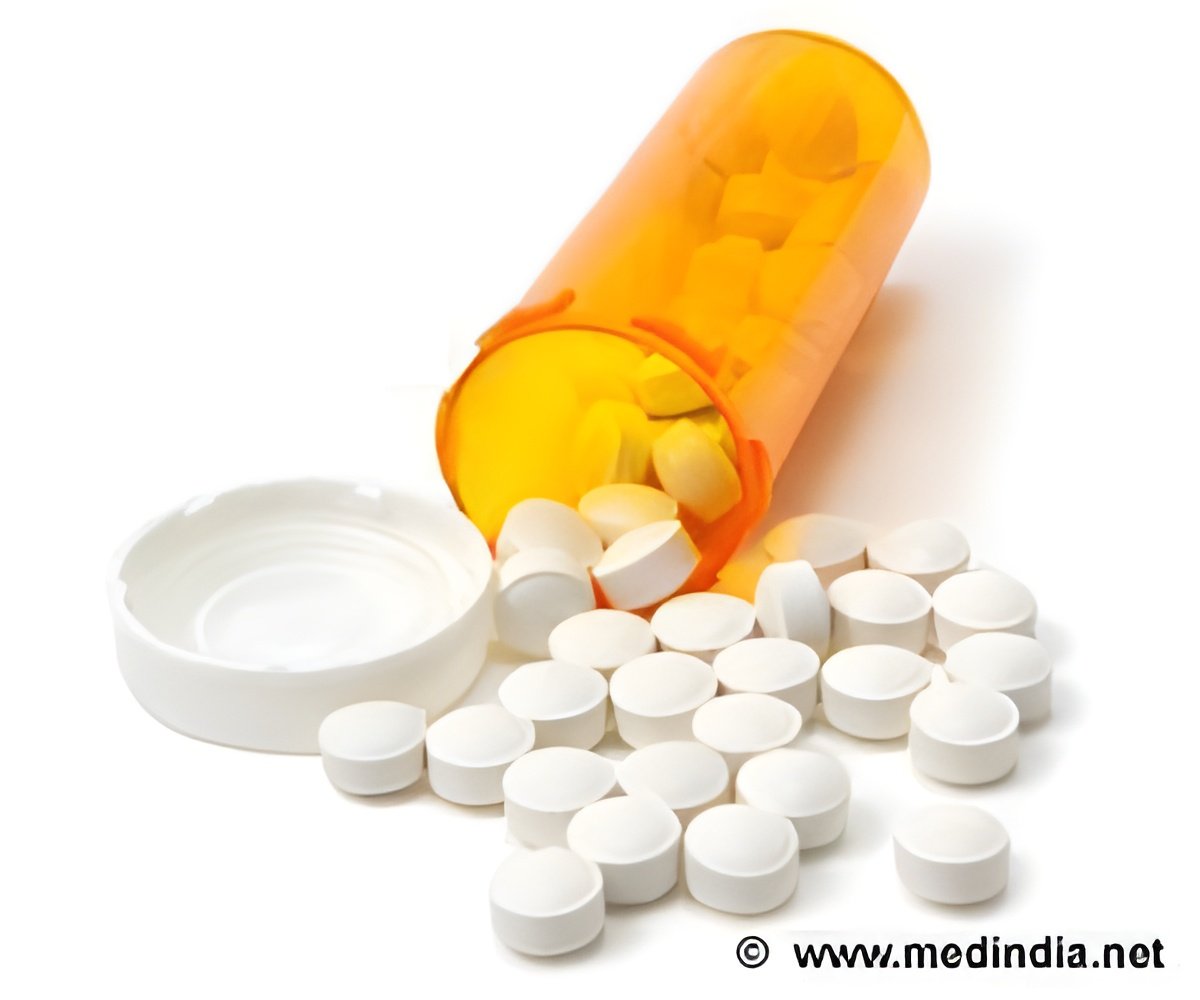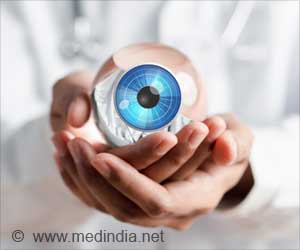
Louis Pasteur and Robert Koch first characterized antibiosis, the ability for a chemical to kill bacterial cells, in 1877. Since then, the medical and biochemical communities have made great advances in the treatment of bacterial infections.
These advances have helped reduce childhood mortality and have contributed to the population growth of the 20th Century. However, natural selection has allowed antibiotic resistant bacteria to flourish and propagate, and continued exposure has lead to the evolution of "superbugs" that are resistant to multiple types of antibiotics.
Dr. Vodyanoy's technology takes advantage of bacteriophages, simple viruses that can target and kill bacteria. A bacteriophage, when combined with specific antibodies, can be used to produce a physical color change in a sample that indicates antibiotic resistance. This technology will be invaluable to clinicians trying to treat patients and disinfect hospital facilities.
Specifically, this technique targets antibiotic resistant Staphylococcus, one of the first pathogens characterized as a superbug. Staphylococcus, commonly referred to as staph, often is a bothersome skin condition cured with common antibiotics.
However, variations of the staph bacteria can turn deadly when infecting immune-compromised patients or internal organs like lungs and the respiratory tract. The disease is of particular concern to hospitals, prisons, and branches of the military, where individuals are at risk for infection from unhygienic close quarters.
Advertisement
Alternative methods used to detect antibiotic resistance need time-intensive purification steps before multi-hour sequencing protocols.
Advertisement
The scientist believes that this technology can be used on a larger scale and for antibiotic resistance other than Staphylococcus.
The technology will be described in JoVE, the world's first video journal.
Source-ANI










